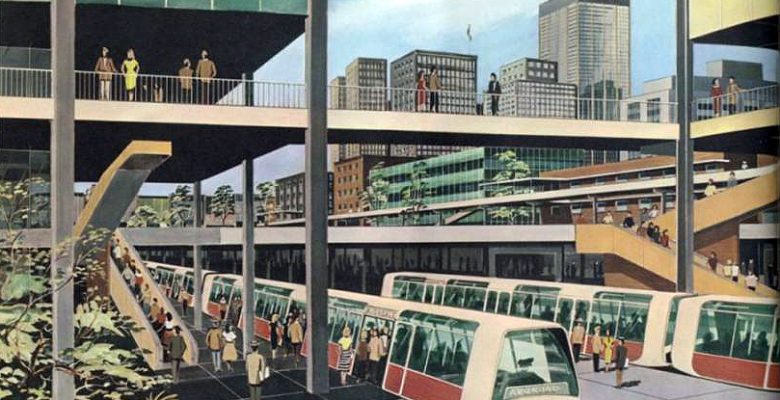It is a commonly held belief that the construction of rail transit systems and more specifically the stations along the system, drives real estate development in the areas they serve. The benefit is seen as a mutual one: high-density development at transit stations and along rail corridors generates the ridership and these systems need to be sustainable and ultimately successful. In practice, however, the success of this concept has not been consistent. The Atlanta region’s MARTA (Metropolitan Atlanta Rapid Transit Authority) rapid rail transit system is a perfect example. MARTA offers a range of station types, from central business district to suburban that serve a range of demographics. Several of these station areas are well developed, while others remain surrounded by vacant land or expansive parking lots. This variation drives the core of the research: why has development unfolded at an inconsistent level at the various stations? Is this variation correlated to the investment made at each station and if so, how can the investments and returns be categorized to provide a clear understanding of these issues? The goal of the research is to provide a methodology for analyzing the performance of each station relative to fulfilling development potential and success of the transit system. In addition, it will provide a methodology for determining the broader return on investment that the city and county may realize in relation to the substantial infrastructure investment made at these stations.
This article originally appeared in Vol 04.01 of the Perkins+Will Research Journal. CLICK HERE to see the whole article.

